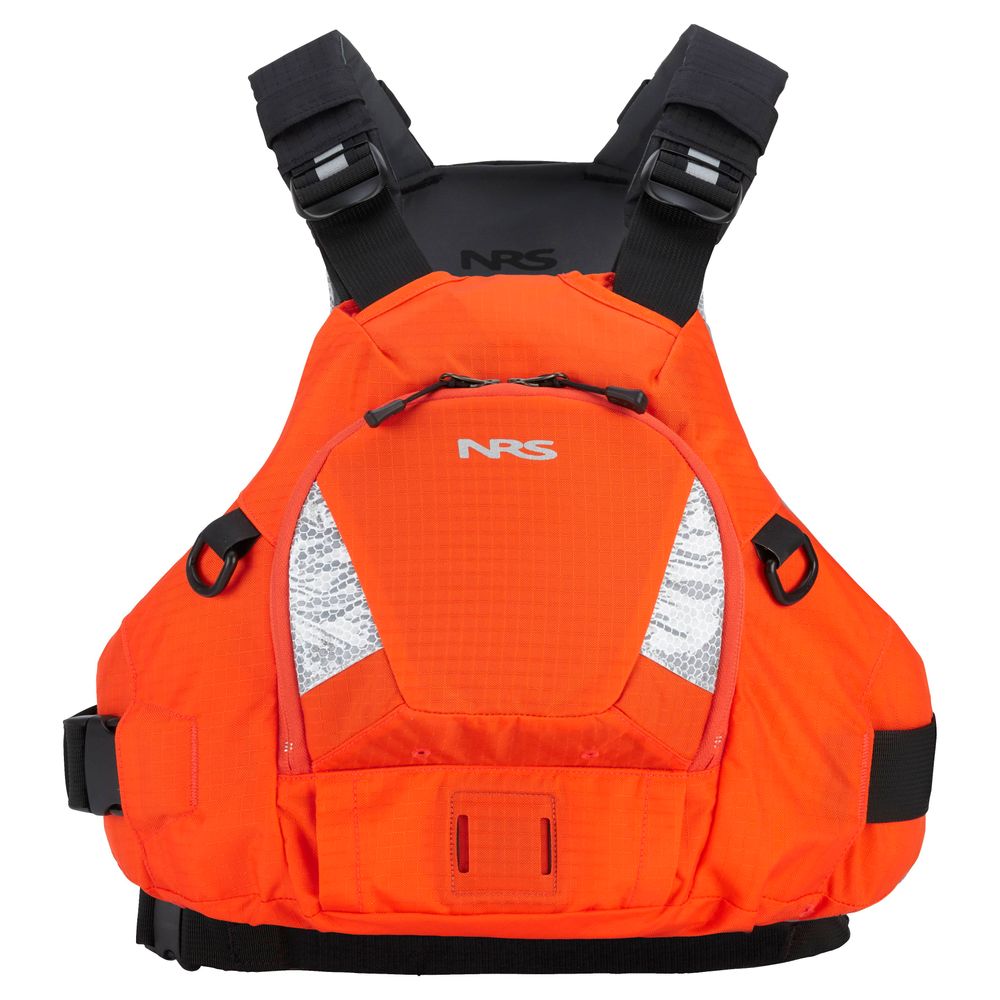Alright, let’s talk about something that’s super important when you’re out on the water – life vests. I’ve been spending a lot of time kayaking lately, and I realized I needed to get serious about safety. So, I dove headfirst into the world of life vests, and boy, was it a journey!
First off, I started hitting up Google, trying to figure out what kind of life vest, or PFD (personal flotation device), I should even be looking for. Turns out, there are tons of different types, each designed for specific activities. I mean, who knew? I just thought a life vest was a life vest. Not the case, my friends. Not the case at all!
I spent days reading articles and watching videos. There was a lot of stuff about buoyancy and fit, and how it all changes depending on what you’re doing in the water. Like, if you’re just chilling on a calm lake, you don’t need the same kind of PFD as someone who’s white-water rafting. Makes sense, right?

Different Types of Life Vests
- Type I: Apparently, these are the big boys, the ones they use offshore. They have over 20 pounds of buoyancy. They are bulky as heck. But they can turn you face up in the water if you pass out.
- Type II: These are kind of like Type I, just not as heavy-duty. Still, these are able to turn you over if you’re unconscious.
I figured out that the amount of buoyancy you need depends on your weight and body type. Muscular people weigh more, who would have guessed? Also, when we are in the water, our weight changes. Like, a person who weighs 220 pounds on land will weigh only 11 pounds in the water. I kept reading, and found out that 1 Newton is equal to 0.225lb. So, for a person who weighs 220 pounds, a life jacket with the standard buoyancy of 70 is more than adequate.
Once I had a better idea of what I needed, I started shopping around, trying on different vests. Comfort is key, people. You don’t want to be stuck out on the water in some stiff, scratchy thing. And it’s got to fit right, nice and snug, so it actually does its job if you end up in the drink.
After trying on a bunch, I finally found the one. It’s comfortable, it fits perfectly, and it gives me the right amount of buoyancy for kayaking. It felt like finding the perfect pair of shoes, but, you know, for not drowning.
So, that’s my story. I went from knowing nothing about life vests to feeling like a semi-expert. It was a bit of a process, but hey, now I’m ready to hit the water with confidence, knowing I’ve got the right gear to keep me safe. It’s all about being prepared, folks. Stay safe out there!















